Select an Orthopaedic Specialty and Learn More
Use our specialty filter and search function to find information about specific orthopaedic conditions, treatments, anatomy, and more, quickly and easily.
GET THE HURT! APP FOR FREE INJURY ADVICE IN MINUTES
Shoreline Orthopaedics and the HURT! app have partnered to give you virtual access to a network of orthopaedic specialists, ready to offer guidance for injuries and ongoing bone or joint problems, 24/7/365.
Browse Specialties
-
- Foot & Ankle
Cavovarus Foot Deformity
The term “cavovarus” refers to a foot with an arch that is higher than normal, and that turns in at the heel. Weakness in the peroneal muscles and sometimes the small muscles in the foot are often the cause of a cavovarus foot deformity. As the deformity worsens, there can be increasing pain at the ankle due to recurrent sprains, painful calluses at the side of the foot or base of the toes, or difficulty with shoe wear.
More Info -
- Fractures, Sprains & Strains
- Neck and Back (Spine)
- Sports Medicine
Cervical Fracture (Broken Neck)
A cervical fracture (broken neck) is a fracture or break that occurs in one of the seven cervical vertebrae. Following an acute neck injury, patients may experience shock and/or paralysis, as well as bruising or swelling at the back of the neck. Conscious patients may experience severe neck pain, but this is not necessarily the case.
More Info -
- Hip
- Joint Disorders
- Physical Medicine & Rehabilitation (PM&R)
Hip Bursitis (Trochanteric Pain Syndrome)
Hip bursitis is typically the result of inflammation and irritation in one of two major bursae in the hip. One covers the bony point of the hip bone (greater trochanter). Inflammation of this bursa is known as trochanteric bursitis.
More Info -
- Neck and Back (Spine)
- Pediatric Injuries
- Physical Medicine & Rehabilitation (PM&R)
Kyphosis (Roundback) of the Spine
The term kyphosis is used to describe the spinal curve that results in an abnormally rounded back. Although some degree of rounded curvature of the spine is normal, a kyphotic curve that is more than 50° is considered abnormal. There are several types and causes of kyphosis: postural kyphosis, Scheuermann’s kyphosis, and congenital kyphosis.
More Info

